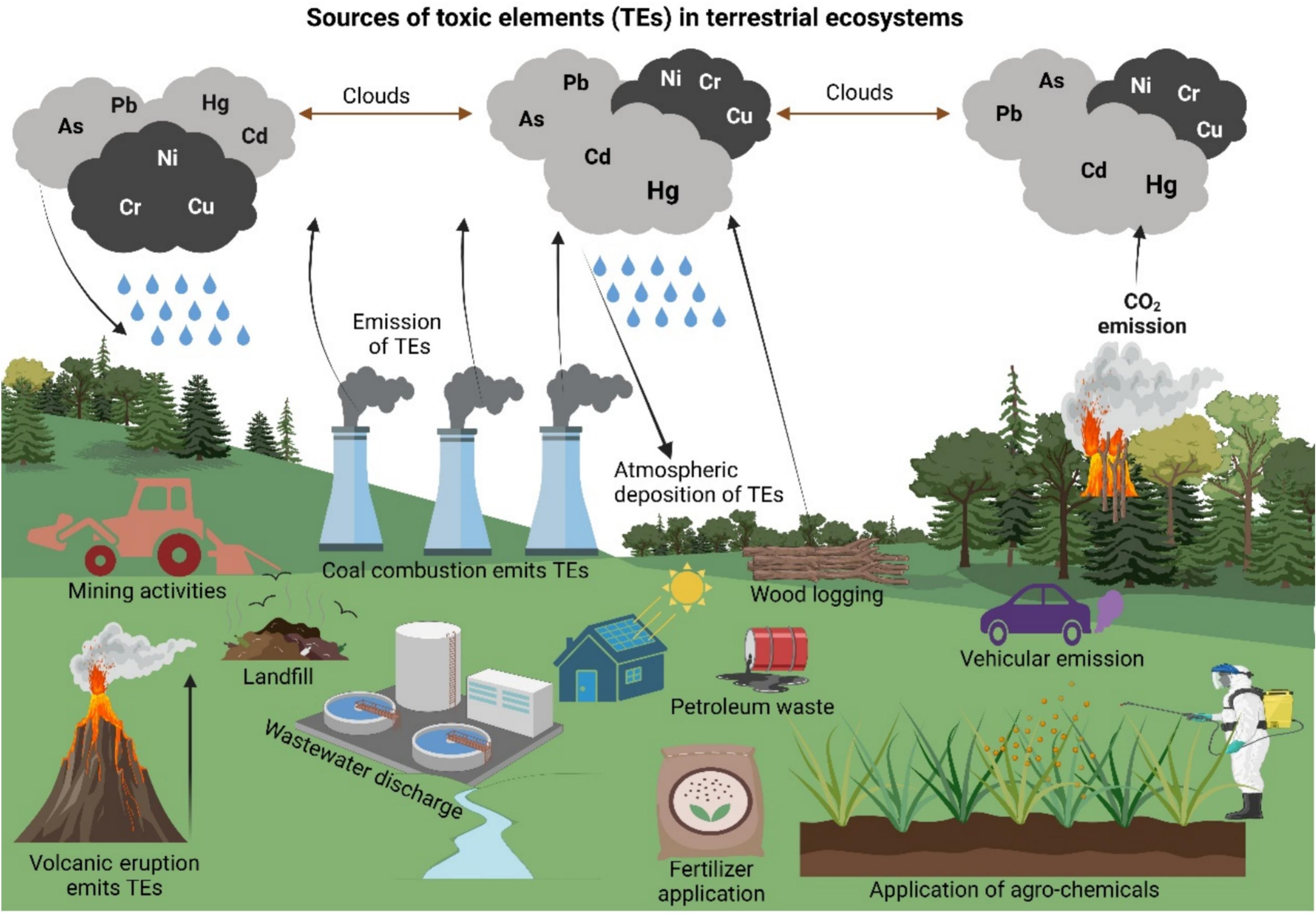The accumulation of toxic elements poses a significant threat to terrestrial ecosystems, with the patterns and influencing factors of this accumulation being complex. However, the elevational patterns of toxic elements in montane ecosystems, along with the underlying drivers, continue to be largely unexplored.
In a study published in Ecological Indicators, researchers from Xishuangbanna Tropical Botanical Garden (XTBG) of the Chinese Academy of Sciences provided clear empirical insight that changes in elevational gradients driven by shifts in climate and vegetation, play a pivotal role in altering the patterns of toxic elements accumulation in montane ecosystems.
The researchers performed a thorough literature review to analyze prior studies comprehensively, aiming to discern the distribution patterns and determinants of toxic elements across various elevational gradients.
The study determined that atmospheric deposition played a pivotal role in the accumulation of toxic elements along terrestrial altitude gradients. Aerosols, fine particulate matter, and minute toxic substances are carried through the atmosphere from proximate or distant point sources, such as industrial chimneys. Notably, atmospheric deposition demonstrated seasonal fluctuations, with elevated deposition rates observed during summer and winter.
Moreover, the accumulation patterns of individual toxic elements showed variability; certain elements displayed an increase in concentration with elevation, whereas others exhibited a decrease. Approximately 10% of the elements presented hump-shaped distributions, while 20% lacked discernible patterns.
Wind-borne, long-transboundary toxic elements can settle on foliage, subsequently accumulating in the soil through mechanisms such as throughfall and litter decomposition.Climatic variations along elevational gradients established a microclimate that augmented the cold trapping of these toxic elements in the atmosphere, which notably promoted their wet deposition via precipitation, dew, or frost.
The study revealed that atmospheric deposition, human activities, and precipitation were the main factors affecting the accumulation of toxic elements. Seasonal variability, especially between summer and winter, also modulated the deposition rates (both wet and dry) of toxic elements.
They further pointed out that toxic elements posed significant risks to terrestrial biota and may profoundly affect litter decomposition and nutrient cycling.
“In order to protect biodiversity, further research on how toxic elements affect ecosystem function is needed, as well as corresponding protective measures,” said XU Guorui of XTBG.

Sources of toxic elements in terrestrial ecosystems. (Image by XU Guorui)
Contact
XU Guorui Ph.D
Xishuangbanna Tropical Botanical Garden, Chinese Academy of Sciences
E-mail: xuguorui@xtbg.ac.cn
Published: 10 April 2025

